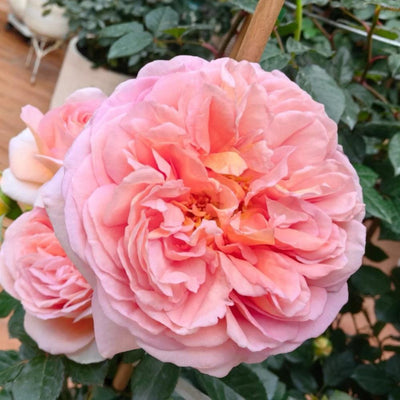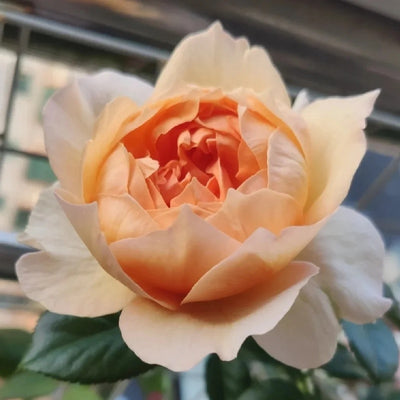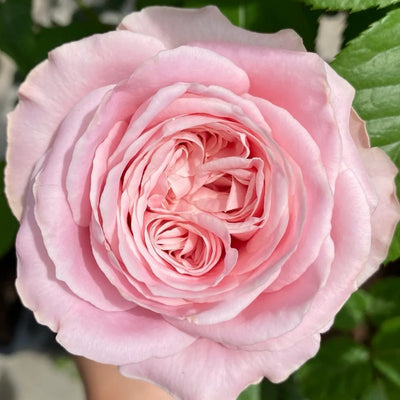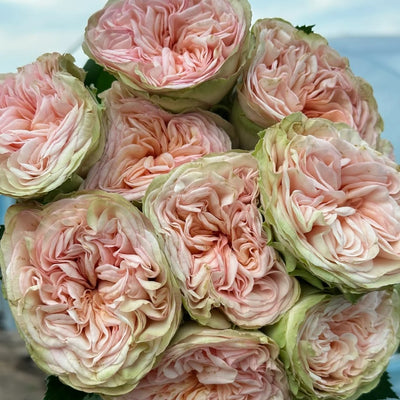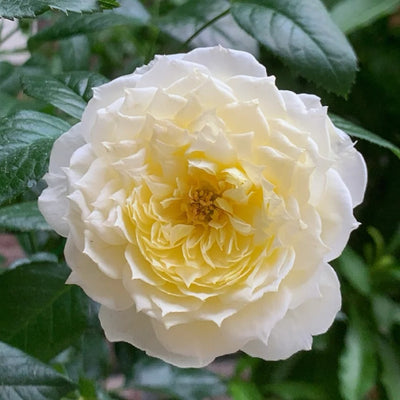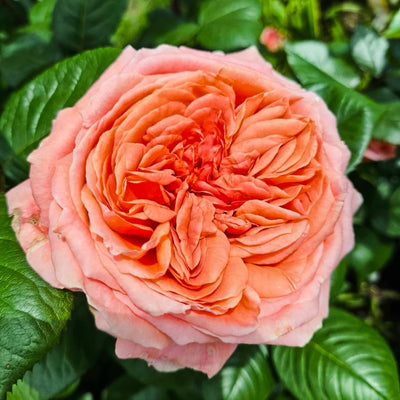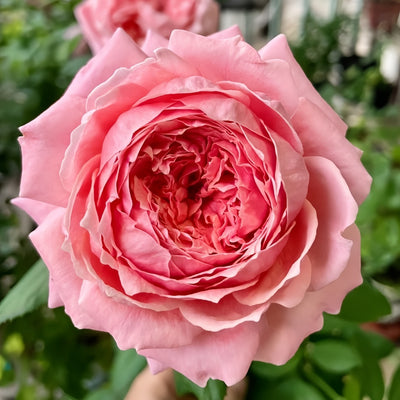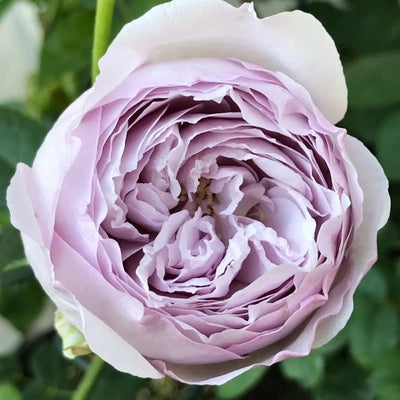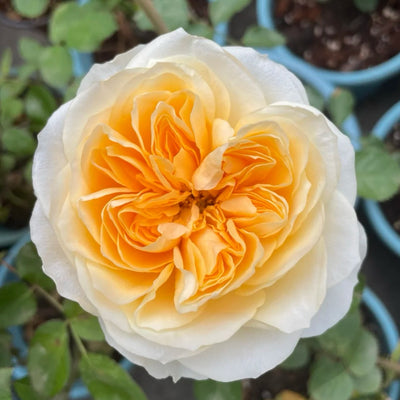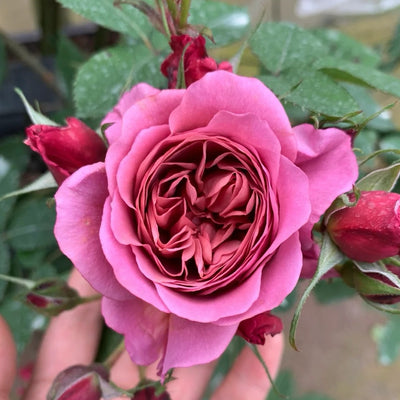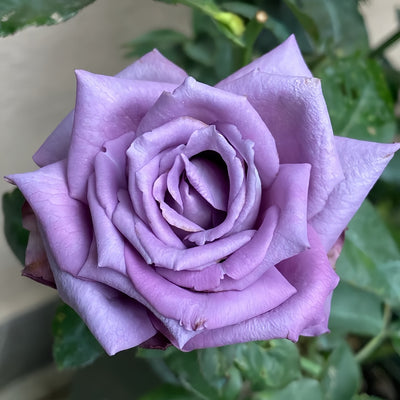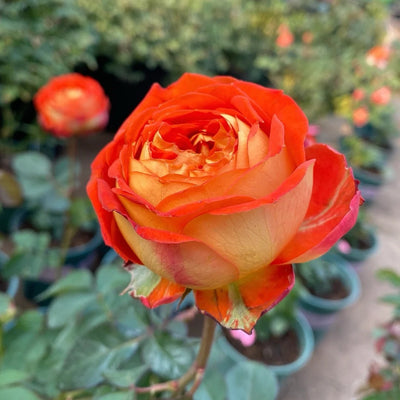What is Own Root Propagation? The Fastest Method for Rooting, and Which Plants Can Be Propagated on Their Own Roots?

Own root propagation is a common method for growing plants. Whether you're working with foliage or flowering plants, or whether they are herbaceous or woody species, most plants can be propagated on their own roots to grow new plants for your home garden. So, what exactly is own root propagation, what is the fastest method for rooting, and which plants can be propagated this way? Let's explore these topics today.
What is Own Root Propagation?
Own root propagation is a method where a plant can regenerate from a cut piece of its stem. You can think of it as cloning the plant. This adaptation helps plants survive in complex environments. There are several types of own root propagation, including softwood, greenwood, hardwood, root, and leaf cuttings.
What is Vegetative Reproduction?
In simple terms, vegetative reproduction is when a plant can grow new individuals from parts of itself, such as its stems, roots, or even leaves. This is a form of asexual reproduction. The benefits of vegetative reproduction include:
- It preserves the exact genetic traits of the parent plant (for example, plants grown from seeds may not always resemble the parent plant, like with many lotus flowers).
- Some plants are difficult to seed, and it may take years for them to even produce seeds. In fact, some plants do not produce seeds at all (many people know how to propagate pothos by cuttings, but few know how to seed them).
Common forms of vegetative propagation include division, budding, grafting, and own root propagation.
Types of Own Root Propagation
Here’s how the different methods of own root propagation work:
1. Softwood Cuttings
Softwood cuttings are taken from the youngest, most tender parts of the plant's stems. This method is usually best for woody plants and should ideally be done in spring. The tender stems have the most vitality and root quickly, but the downside is that they consume a lot of energy, so the survival rate is lower. To improve success, take the cutting quickly and seal it in a plastic bag to maintain moisture.
2. Greenwood Cuttings
Greenwood cuttings come from slightly older, more mature stems. This method is often used for plants with intermediate growth stages. It’s a balance between the softwood and hardwood methods.
3. Hardwood Cuttings
Hardwood cuttings come from the older, mature stems and are typically taken during the dormant period in late autumn or winter. While they have more stored nutrients, they root slower and are harder to propagate. However, they tend to have a higher survival rate due to the reserve energy in the mature stem.
4. Root Cuttings
Root cuttings aren’t suitable for all plants—only those that can sprout new growth from their roots, such as primroses and anemones. A familiar example might be when potatoes or sweet potatoes sprout from their roots. To propagate using root cuttings, simply cut the fleshy root into pieces and bury them vertically in soil.
5. Leaf Cuttings
Leaf cuttings are popular for many common houseplants, such as snake plants and African violets. These plants have fleshy leaves that store water and nutrients. The key to successful leaf cuttings is providing enough nutrition to the cutting. You can bury the leaf with its petiole (stem) in a nutrient medium and wait for roots to form, or cut the leaf into sections and insert parts of it into the medium to root.
Summary
Own root propagation is a highly efficient method of reproduction. Not only does it root quickly, but it also maintains the exact characteristics of the parent plant. For beginners, the most challenging part might be selecting the right medium for the cuttings and mastering the watering frequency. These vary depending on the plant’s growth habits and your local climate, so experience is key. Of course, the joy of gardening also comes from the process of experimenting and learning. Sometimes methods that work for others may not be suitable for your specific situation. Keep experimenting, and you'll find your way!




















